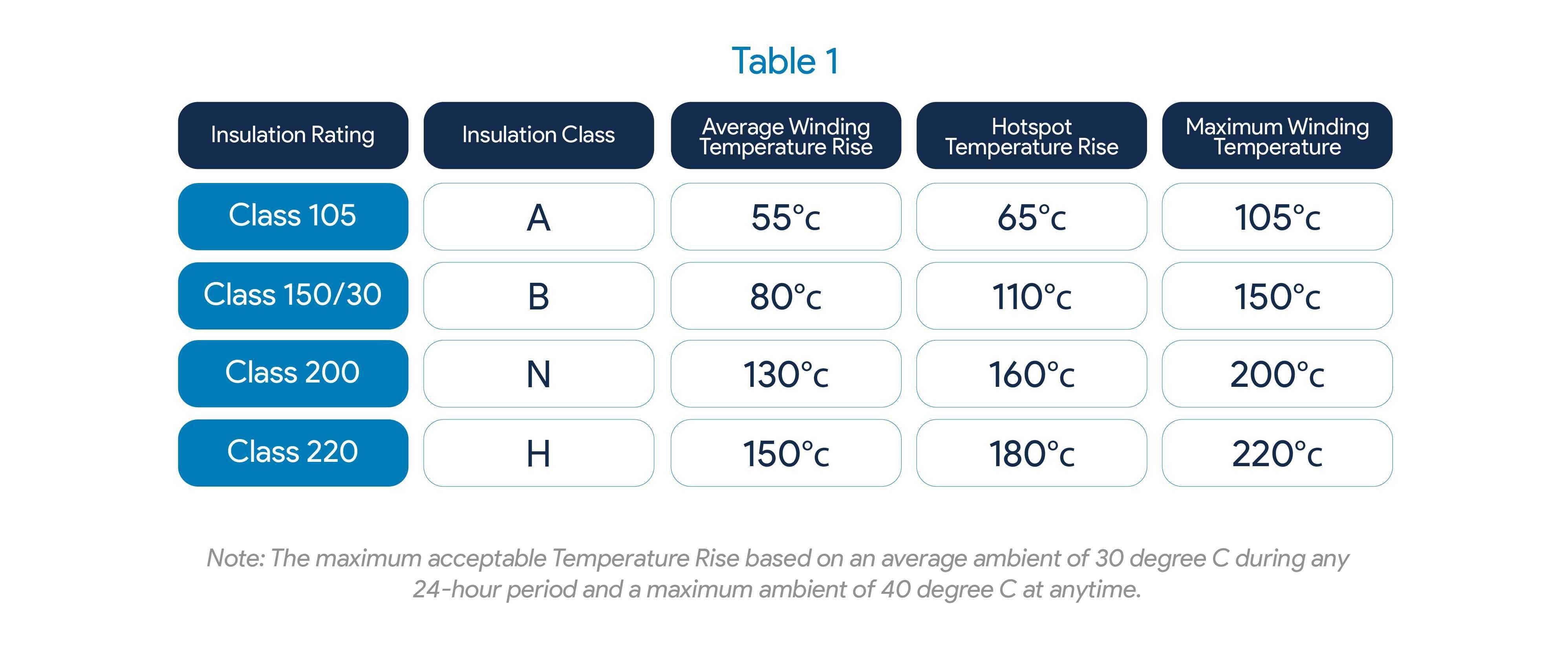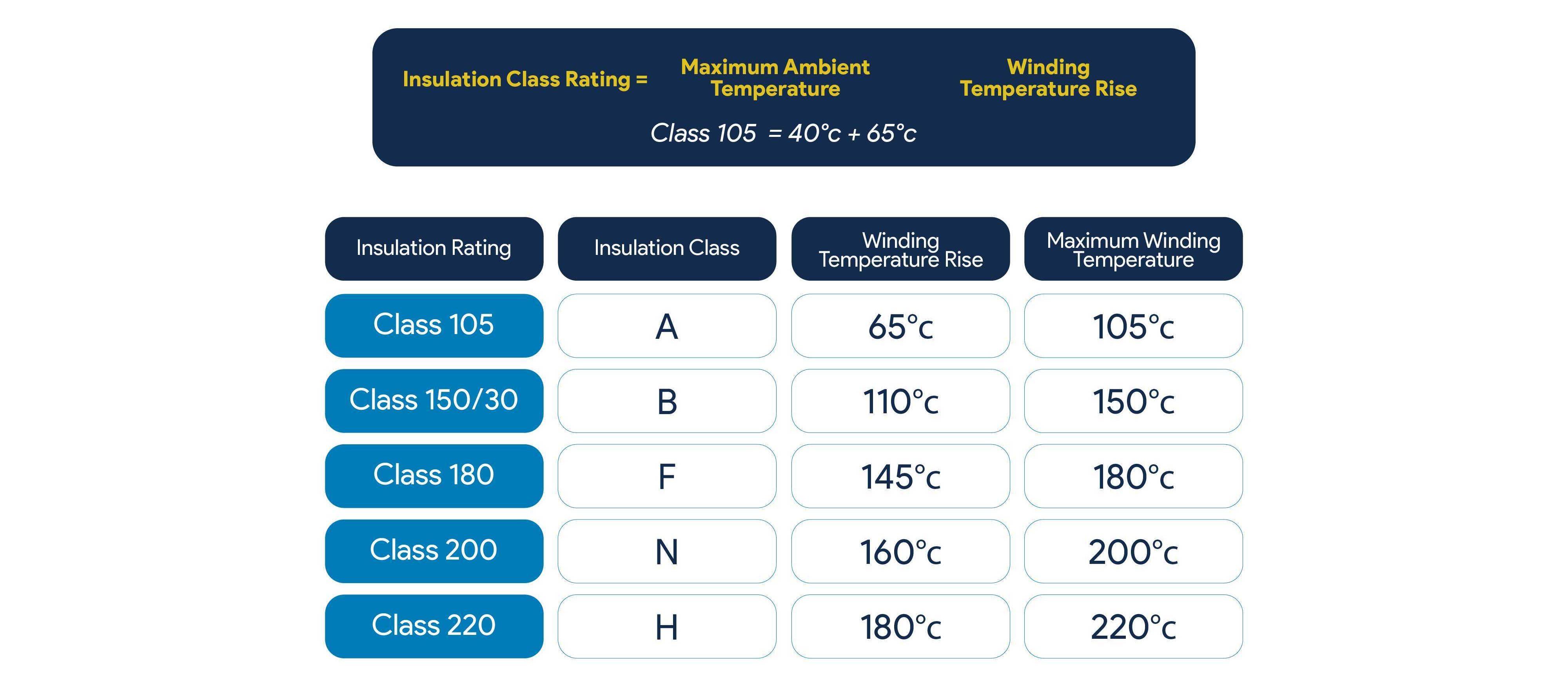
Waste heat is a byproduct typical across all electrical equipment. It is generated by electric currents as they pass through resistive elements of a circuit.
As with any other electronic device, transformers also produce heat due to numerous factors such as electromagnetic induction, losses in the core and coil, electrical losses, and resistance when an electric current passes through the transformer winding.
Knowing Temperature Rise
For both liquid-immersed and dry-type transformers, heat is generated due to the iron and copper losses which are converted into thermal energy which is dissipated to its surroundings.
After an extended amount of time, the temperature will settle at a specific value. Given that all other variables remain the same, the heat generated by the transformer will equal the heat removed by the surrounding, resulting in an equilibrium. The temperature difference between the transformer and the surrounding environment is called Temperature Rise [1].
Temperature Rise is defined as the average temperature increase of the transformer above the ambient (surrounding) temperature at rated full load of the transformer [2].
Every transformer is designed for a maximum winding temperature rise, which is stated on the transformer nameplate. The highest hotspot temperature that a transformer can withstand is guided by its insulation class rating classified under IEC Standard 60034-1.
There are different types of insulating material, with the widely used Class A insulation paper (kraft paper).

Insulation class rating is also an important factor in determining transformer life and efficiency. For nominal life expectancy, it is necessary to stay within the maximum winding temperature rating as provided in Table 1.
As a rule of thumb, the maximum Hot Spot temperature rise can be calculated by the formula below:

In conclusion, a transformer with lower temperature rise requires more material to guarantee lower losses.
References
[1] What is the temperature rise in high-frequency transformer BZTRAFO - YouTube
[2] Transformer Temperature Considerations - Triad Magnetics.pdf (hubspotusercontent00.net)